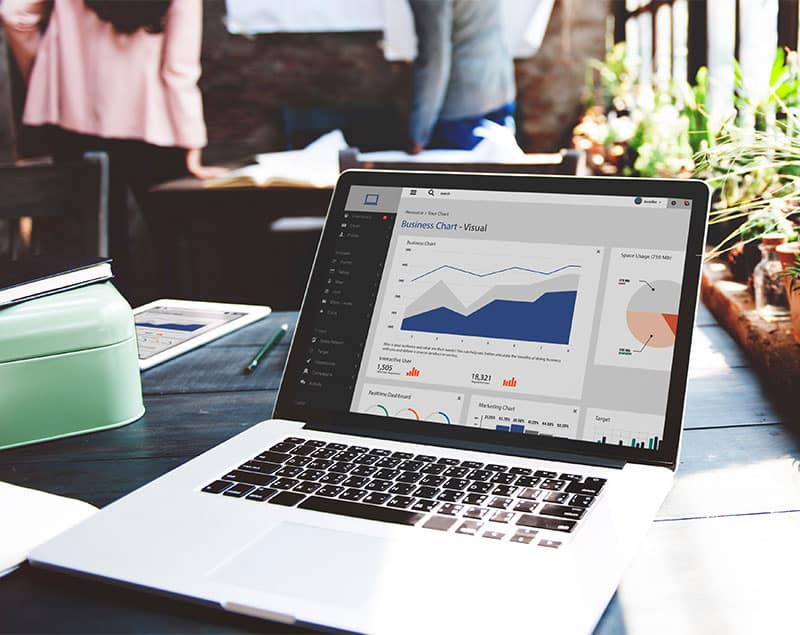Making sure images are accessible on websites is an important part of creating an enjoyable and easy-to-navigate user experience.
Images can be used to enhance the look and feel of a website, convey extra information about a product or service, and create a more interactive experience for users. However, it is important to consider how people with disabilities interact with images in order to maximize accessibility.
This article will explore how to optimize images for accessibility by discussing best practices and available tools.

The importance of website accessibility
The importance of website accessibility has been gaining traction in recent years as an essential aspect of digital development. Websites that are accessible to all users, regardless of physical or mental disabilities, can have a significant impact on the success of a business. Every company should strive for maximum accessibility so that no user is left out when it comes to accessing online content.
Accessible websites can open up a business to more customers and provide them with a better user experience overall. Those who use assistive technology such as screen readers or voice recognition software need access to the same web pages as those without disabilities - this is where website accessibility becomes essential. Companies should create content that is compatible with these technologies, ensuring every user has equal access by avoiding features like complex forms or videos without captions.
Common misconceptions about website accessibility
Unfortunately, there are many misconceptions about website accessibility. These misconceptions can lead companies and organizations down the wrong path when trying to make their websites accessible.
Many people mistakenly believe that only visually impaired users need a website to be accessible. The truth is that all individuals, regardless of ability or disability, benefit from web accessibility features such as increased font sizes, easier navigation tools, and more descriptive headings. Additionally, having an accessible website increases your potential customer base because it allows individuals with disabilities the same opportunities as those without disabilities when it comes to browsing or purchasing goods and services online.
Others think that making a website accessible is too expensive and time-consuming. This misconception has been around for years, but the truth is that making a website more accessible to people with disabilities can be done quickly and cost-effectively.
What are image alt tags?
Image alt tags, also known as alternative text, are an essential part of SEO and search engine optimization. They not only help search engines understand what is on a website, but they improve the user experience for all visitors. Alt tags provide descriptions for images on webpages and tell users what to expect from the image without having to actually view it.
Alt tags should aim to accurately describe the image in a concise and descriptive manner. The text should be relevant to the context of the page and provide a brief description of what is depicted in the image. It is important that alt tags are unique for each individual image and not duplicated across multiple images or pages within your site. This can help keeping content fresh for search engines and allow them to better index your site content.
How do you edit image alt tags?
When editing an image alt tag, it should be concise and accurately describe the content of the image. It’s also important that you add keywords relevant to your page’s topic so that search engine algorithms can pick up on it. Additionally, if you have multiple images on one page with similar descriptions, try to change up the language used in each tag so they don’t repeat themselves too often. Lastly, be sure not to stuff your tags with too many keywords as this could result in a lower ranking or even being penalized by Google algorithms.
What do you include in image alt tags?
When creating a description for an image, the most important thing to keep in mind is that it should accurately describe what’s pictured in concise language. This means avoiding unnecessary words or phrases like “image of” or “photo showing” and focusing instead on providing details about what can be seen in the picture itself.
Scanning for missing alt tags
Scanning for missing alt tags is not a difficult process, but it does require attention to detail and patience. You’ll need to go through every single image on your website and ensure there is an appropriate tag associated with it. If you find any that don't have one, then you'll need to add one accordingly. Even small changes like this can make a big difference when trying to improve SEO rankings over time!
Start optimizing your images for accessibility
Optimizing images for accessibility is an important part of creating content that is accessible to everyone. It is also important to bear in mind that different audiences may have different needs. Consider how images will appear to those with different abilities and accessibility requirements.
Ready to start making your website and images more accessible to all? Our team is here to help with the process if you need us! Let's connect!
LET'S ASSESS YOUR WEBSITE AND OPPORTUNITIES
Get your comprehensive and customized complimentary website audit report.



